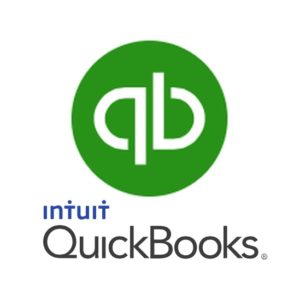“Buy low, sell high.”
It’s a tried and true investment philosophy. Every stockbroker and financial advisor proclaims it.
Unfortunately, investing in the stock market also means losing money-real money. Every honest stockbroker and financial advisor also tells their clients to be prepared for it, no matter what the insiders say or who is in the presidency or congress. Losses happen.

So, how can you handle investment losses? Does it spell financial ruin? Sell it all to recoup your losses? Stop investing entirely and move to Costa Rica?
No, that is desperate and rarely smart. Here are Five Tips to Handle Investment Losses that Could Hurt Your Finances:
- Accept that investment is a risk: Your stockbroker or financial advisor does not control the market. It is completely out of their hands and quite unpredictable. So, accept that any investment you make is a risk. You will win and lose. If you cannot accept that truth, don’t get involved in it as it will only bring disappointment.
- Claim your investment loss as a “Realized Loss”: This happens when you sell an investment at a lower price than you paid for it. For instance, you may make $1,000 in capital gains but lose $4,000. You may not pay taxes on the $1,000 but your net loss may be used to offset income and you may be able to claim it this year and future years as a loss. (See your licensed financial or tax advisor for more details.)
- Avoid making a “Wash Sale”: If you sell a stock at a loss, only to buy that exact stock back during a 30-day period, it is considered a “wash sale”. If you do that, you may lose the tax benefits of it. Badly-performing stocks you’d like to sell for tax purposes but own again later, you should wait until the wash-sale period ends before buying them back. Bottom line: Cut your losses and move on. Your losses will lower your tax burden and can be carried forward for gains and income in the future.
- Investment in Bankrupt Companies: This one is easy-well, sort of. If you invested in a company that has filed for bankruptcy and closed its doors, you can claim a total capital loss on your tax returns. However, the IRS will need documentation from you on why the stock is now considered worthless. So, make sure you have documents on when it became worthless and that it is of zero value.
- Be efficient in taking losses: Do your best to document and take your investment losses in the most efficient and ethical way possible. The IRS knows and accepts tax losses as a part of doing business in the fickle world of tax investments. Your tax bracket also is a factor in taking losses. For instance, if you are in the 10% or 15% tax bracket, you are not liable for any losses. The main point here is this: keep accurate documentation of all losses so you and your tax advisor have all the information they need to take advantage of all tax benefits coming to you when your risk goes awry. (Please refer to www.irs.gov)
Investment losses can be painful and heartbreaking. However, it does not mean bankruptcy nor does it mean that you depart the investment world. A smart investment loss strategy that you can develop with your financial and tax advisors makes all the difference and will help in the short- and long-term.
Tax and investment advice is one of the many services we offer our clients at A.K. Burton, PC. Our experienced and licensed staff can help you, your family and your business make smart tax and investment decisions. Call us at (301) 365-1974 for more information or email us at info@cpa-maryland.co






 According to www.businessdictionary.com it is a “Systematic examination and verification of a firm’s books of account, transaction records, other relevant documents, and physical inspection of inventory by qualified accountants (called auditors). Quality control: Periodic (usually every six months) onsite-verification (by a certification authority) to ascertain whether or not a documented quality system is being effectively implemented.
According to www.businessdictionary.com it is a “Systematic examination and verification of a firm’s books of account, transaction records, other relevant documents, and physical inspection of inventory by qualified accountants (called auditors). Quality control: Periodic (usually every six months) onsite-verification (by a certification authority) to ascertain whether or not a documented quality system is being effectively implemented.
